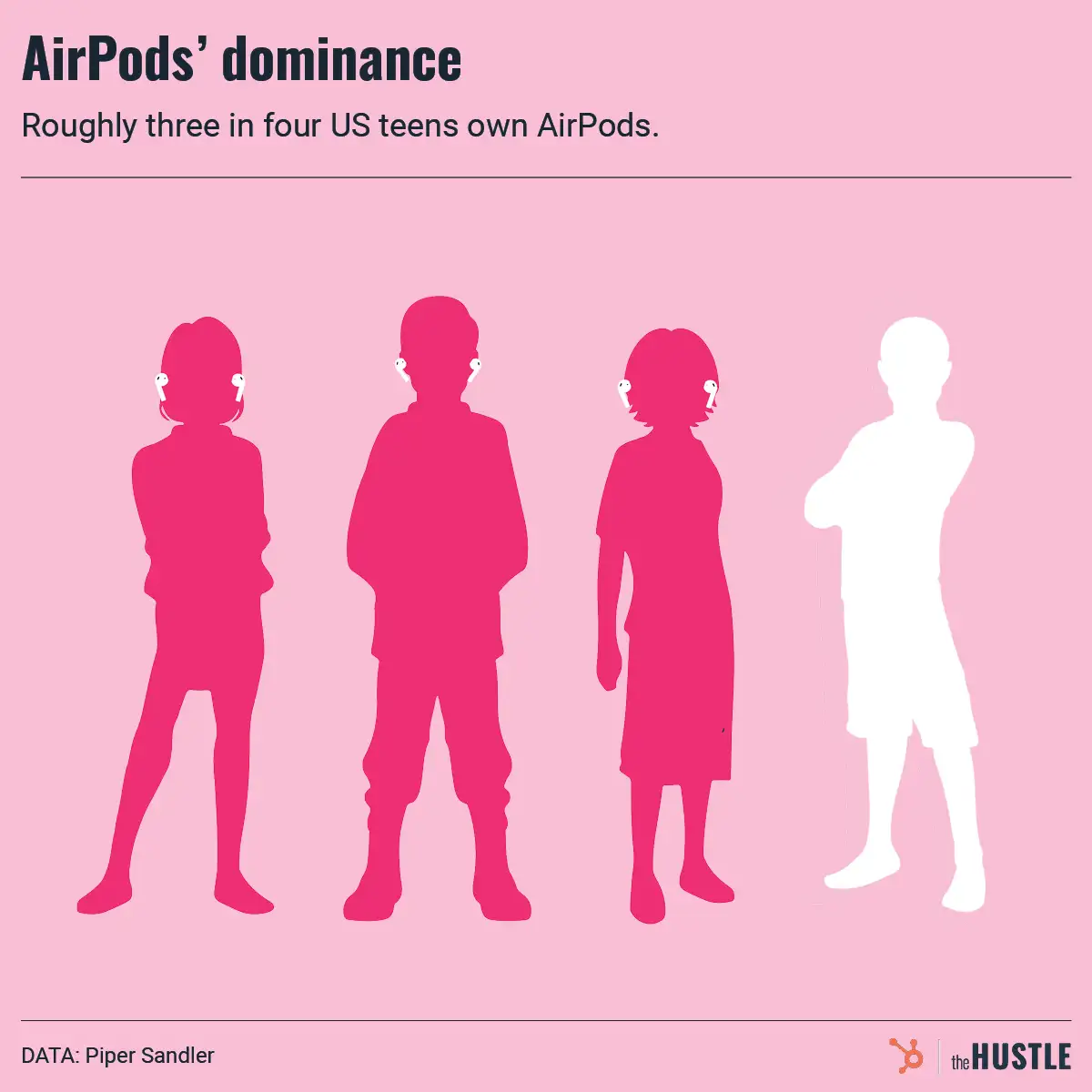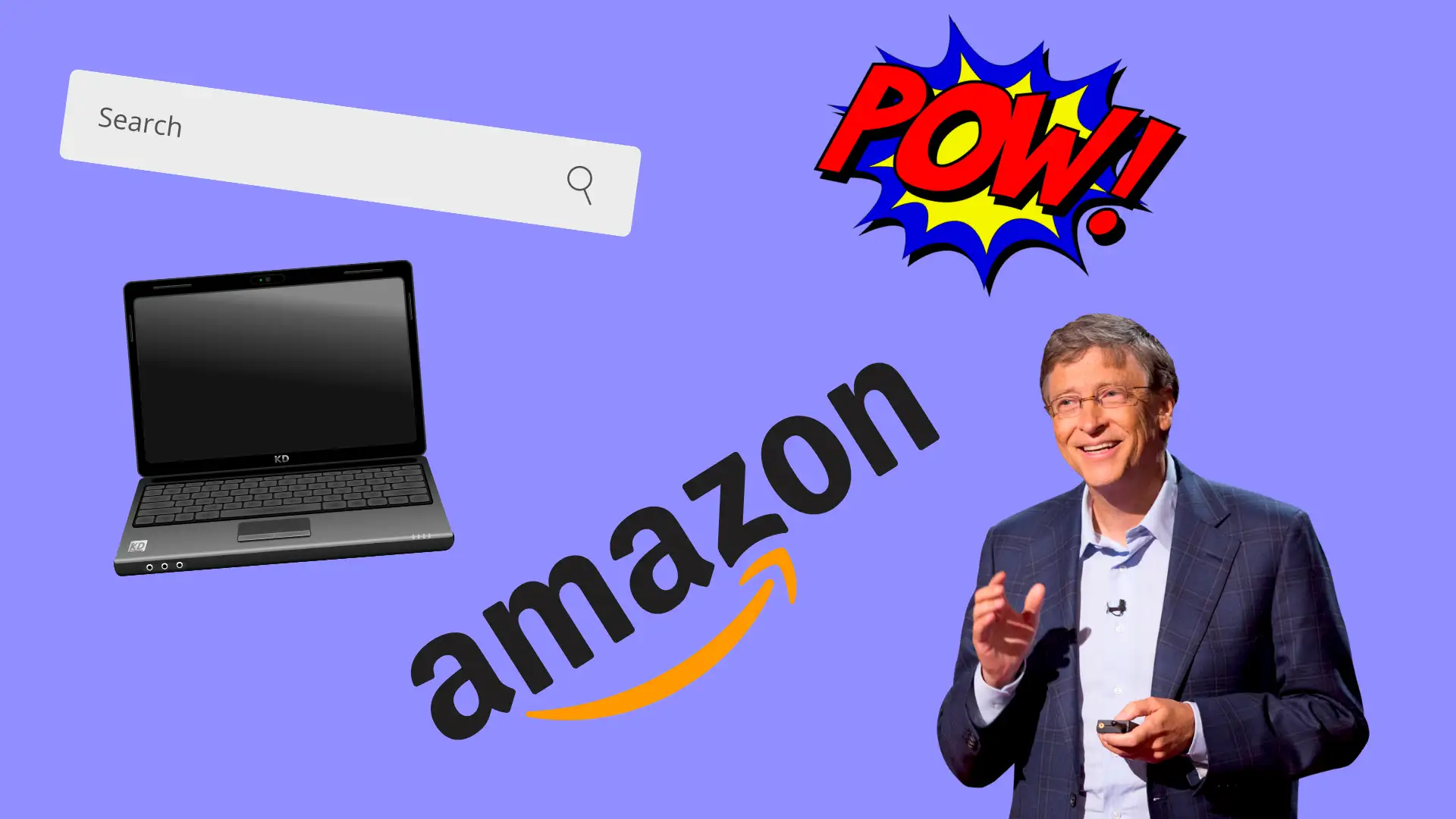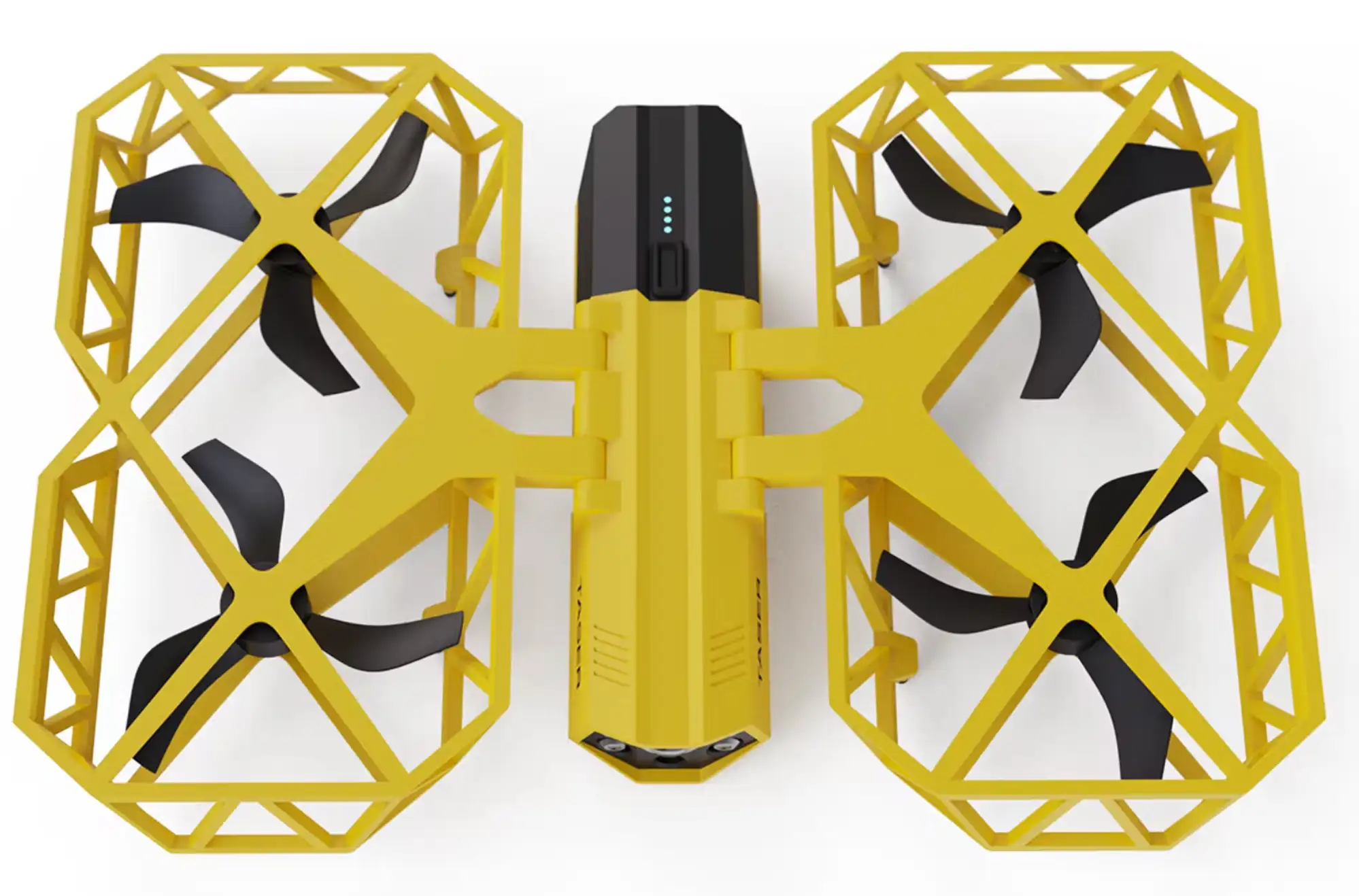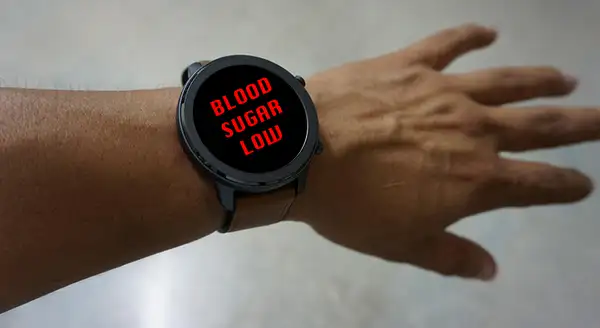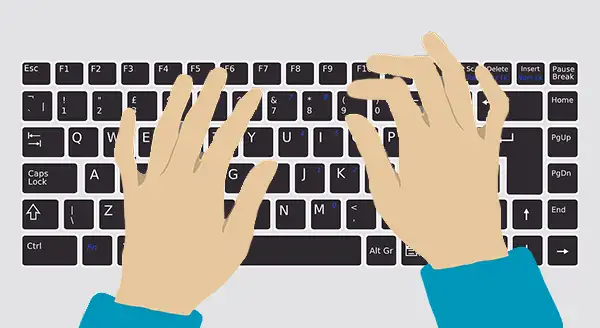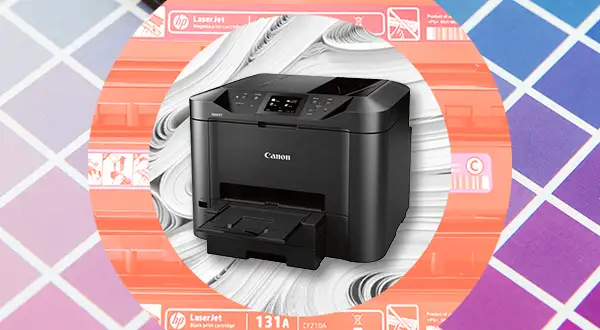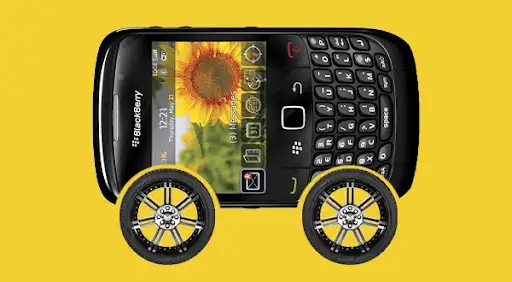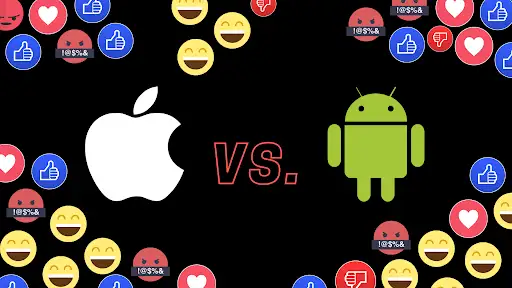The Motorola Razr, the sleekest status symbol of the middle school flip-phone era, will return this year — as a luxury smartphone with a foldable screen and a $1,500 price tag.
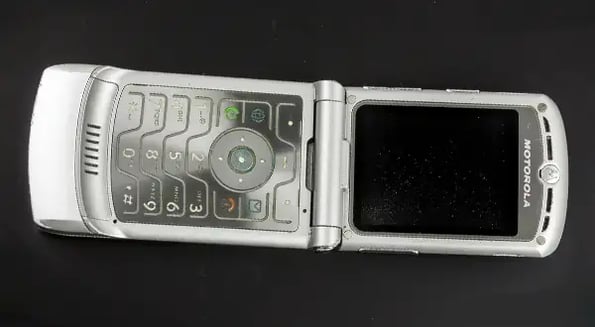
Meanwhile, the iPhone’s market share rose from 0 to 40% in the 15 years since the first Razr launched, and now Motorola will have to slice into a piece of Apple’s market.
Will the new Razr still cut it?
When the original Razr first went on sale in 2004, it was a $600 luxury phone. But the phone soon became so popular that Motorola dropped the price, and it ended up selling 130m Razrs.
But Razr sales didn’t stay sharp: When iPhones went on sale in 2007, Razr sales plummeted: In 2008, 24% of new iPhone users had all switched from the same phone: The Razr.
Times have changed since the Razr was cool
Today’s phone market looks just as different as the new Razr. In 2004 (3 years before the iPhone was launched) Motorola phones accounted for 27% of the cell phone market and Nokia accounted for an additional 20%.
But today, Motorola accounts for 6% and Nokia accounts for 0%, while iPhones account for 40% of the market. Motorola has attempted to revive the Razr before (in 2009 and 2011), but both attempts failed to gain traction against the iPhone.
After missing the boat on touchscreens the first time around, Motorola is betting on the next cool smartphone feature: the folding touchscreen.



